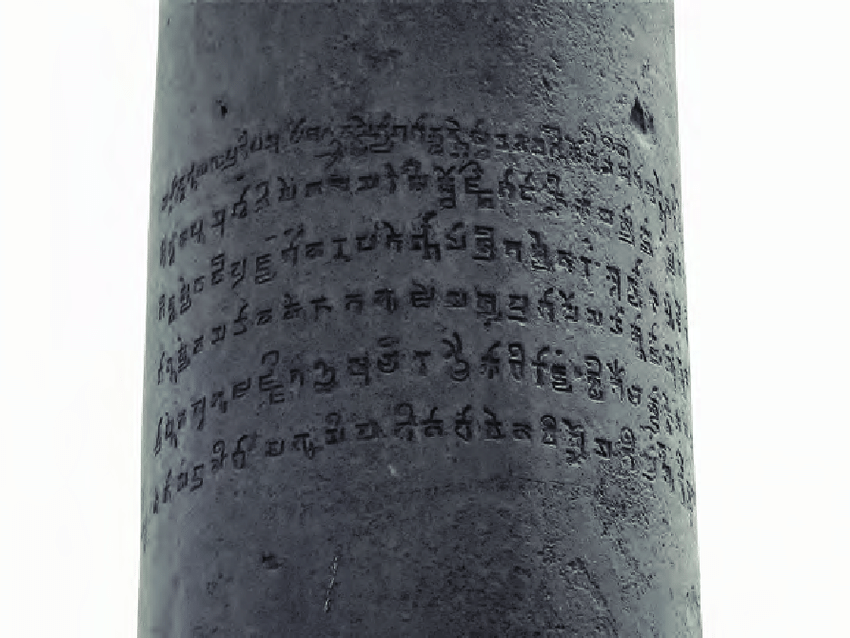The dating systems of Early India
The scope of history today has expanded considerably. History is no longer a chronicle of kings. Still, historians have sought to include histories of everything, from classes regarded as marginal and insufficient to regions considered peripheral. Considering this scope of history, the writings in ancient India, like Puranic genealogies, are very narrow in nature and scope. Many of them were written by literate men, generally Brahmanas, for the consumption of the ruling elite. Vast sections of the population find little or no place within such narratives.
Also Read: Puranic Genealogies – Historiographical Traditions in Early India
Prasastis and Charitas – Historiographical Traditions in Early India
It is easy to dismiss these works due to their limitations; yet, it is worth noting that their significance has been debated for nearly two centuries, and a critical appreciation of the traditions within which these texts were situated can enrich our understanding of the past. Apart from texts, Prasastis was also an important source of history. Other trends developed around religious institutions, as most of the historical writings dealt with kings and their activities.

These other historical writings in ancient India include keeping records and documents related to Buddhist, Jaina, and Brahmanical institutions. Records of the Buddhist doctrine and teachings are perhaps the best known today. Buddhist traditions record the convening of the three or four Buddhist councils, where early Buddhist doctrine and teaching were recorded. Gradually, as the monastic order was consolidated, more systematic records were kept, and a system of chronology, marking years in terms of the Mahaparinirvanaor the death of the Buddha, was evolved.
Maintaining such records probably became more important as monasteries became rich institutions, receiving endowments from villages. These records were best preserved in Sri Lanka, where there was a close bond between the state and the monasteries. These ties were recorded in texts like the Dipavamsa and the Mahavamsa.
Dating Systems
In early India, a variety of dating systems were used by the rulers of different dynasties. One of the most popular dating systems used in ancient India was the use of regal years. In this system, the kings took the first year when they began ruling as a starting point. For example, this was used by the Mauryan emperor Ashoka. He used dates derived from the time of Abhishek (sprinkling of sacred water). It is found in his 13th major rock edict that he attacked Kalinga eight years after his coronation.
Another dating system was the dynastic eras. The best-known example of this is the era of the Guptas, which was projected as beginning from 320 CE, the date assigned to the first important Gupta ruler Chandragupta. The use of eras started with retrospective effect from the time of Chandragupta the Second, about 80 years after the date from which it was supposed to begin. It shows that it was only after they consolidated their power that the Gupta rulers thought it fit to begin an era.
Other known eras are the Vikrama era (58 BCE) and the Saka era (78 CE). Both of these eras were perhaps the royal origin, but there is little or no consensus regarding who the kings in question were. The problem with the Vikrama era is that there were several kings named Vikramaditya in ancient India, and it is not known who started the era.
The Saka era may mark the start of Kanishka’s reign, arguably the most illustrious of the Kushana rulers. However, the Kushanas and Sakas were different groups of Central Asian peoples. It may be that the term Saka was used as a generic term for foreigners, and an era that may have been begun by the Kushanas came to be known by this name. Thus, there are different dating systems in ancient Indian history.
